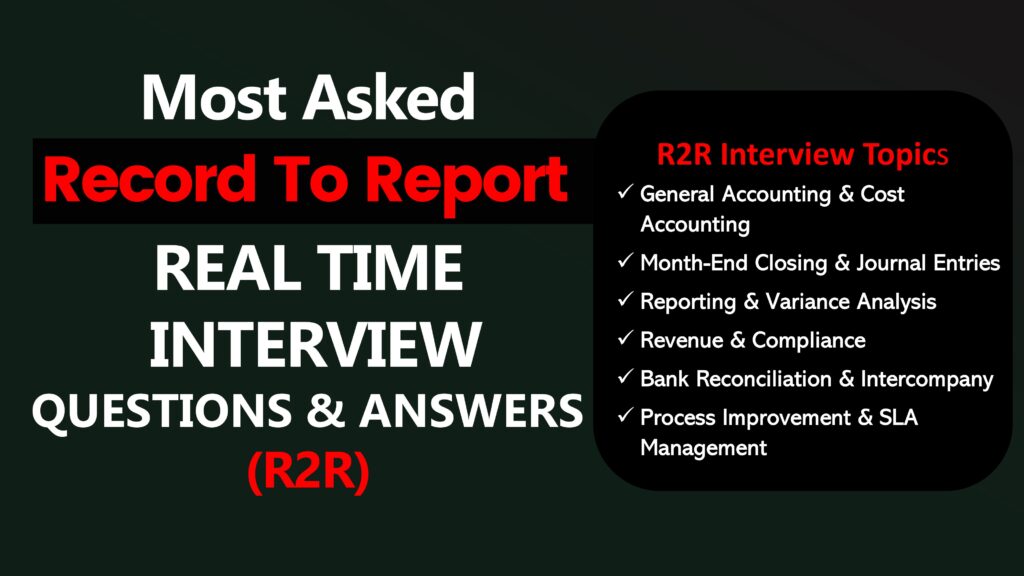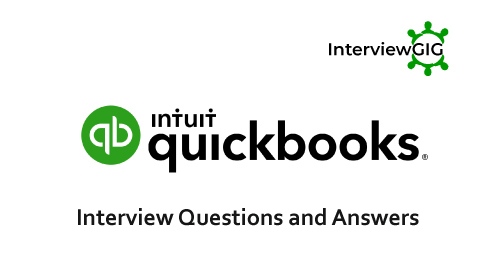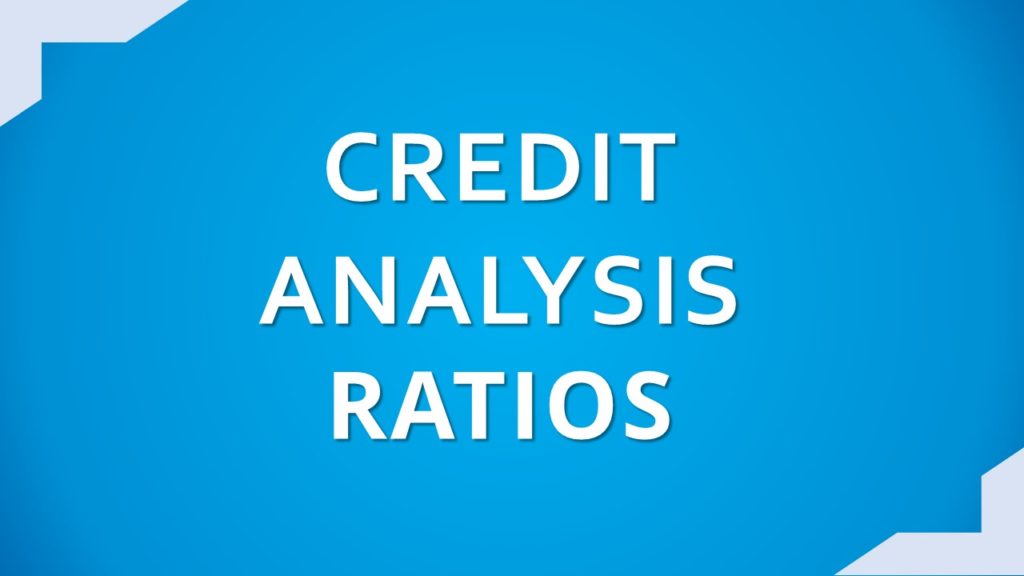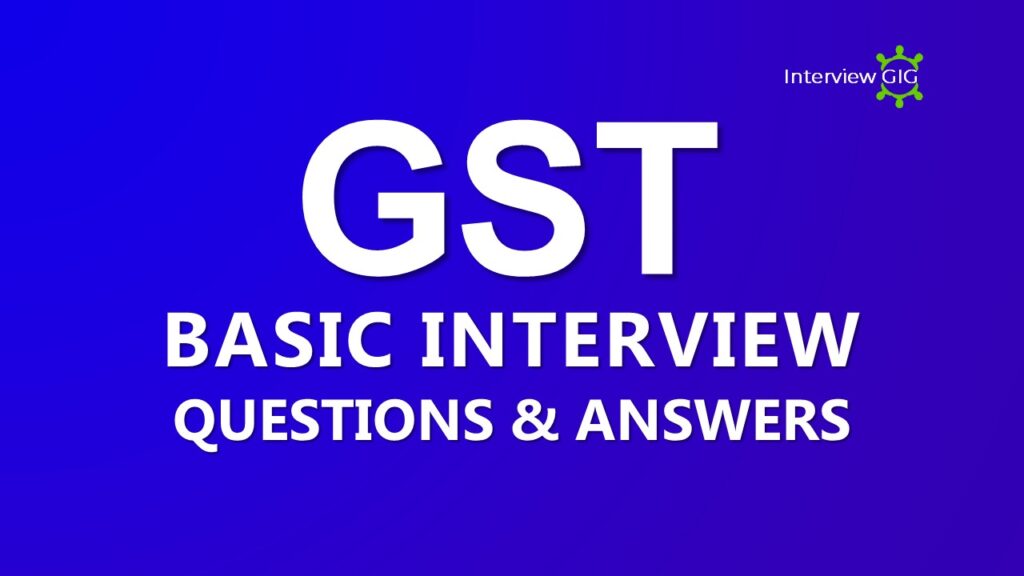A Relationship Manager is responsible for building and maintaining strong relationships with clients to ensure their satisfaction and loyalty. This role involves understanding clients’ needs, providing tailored solutions, and acting as the main point of contact between the company and its clients. Relationship Managers work to increase client retention, drive sales growth, and enhance the overall customer experience. They must possess excellent communication and interpersonal skills, along with a deep knowledge of the company’s products or services. By fostering trust and delivering exceptional service, Relationship Managers play a crucial role in the success and growth of the business.
Here are some of the most commonly asked Bank Relationship Manager interview questions and answers for freshers and experienced candidates:
Question: What motivated you to pursue a career in banking and specifically in relationship management?
Answer: I’ve always been fascinated by the role finance plays in people’s lives and businesses. A career in banking allows me to contribute to that by helping individuals and companies achieve their financial goals. Specifically, relationship management appeals to me because I thrive on building strong connections and collaborating with clients to find the best solutions for their unique needs.
Question: What do you understand by the term ‘financial products’ and can you name a few commonly used products in banking?
Answer: Financial products are essentially tools or instruments offered by banks and financial institutions to help individuals manage their money, invest, or save for the future. Some commonly used financial products in banking include savings accounts, current accounts, fixed deposits, mutual funds, credit cards, personal loans, home loans, and insurance products like life insurance and health insurance.
Question: What do you think are the most important skills for a relationship manager?
Answer: I believe that effective communication skills are paramount for a relationship manager, as it’s essential to understand clients’ needs and convey complex financial information in a clear and understandable manner. Additionally, strong interpersonal skills are crucial for building trust and rapport with clients. Being proactive, attentive to detail, and having a deep understanding of financial products and services are also important qualities for success in this role.”
Question: How would you explain the concept of credit risk to a client?
Answer: Credit risk refers to the potential risk of loss that a lender faces if a borrower fails to repay a loan or fulfill their financial obligations. Essentially, it’s the risk that the borrower may default on the loan, resulting in financial losses for the lender. As a relationship manager, it’s important to assess and manage this risk by evaluating the borrower’s creditworthiness based on factors such as their credit history, income, and financial stability
Question: What is the difference between a fixed deposit and a mutual fund?
Answer: A fixed deposit (FD) is a type of investment offered by banks where an individual deposits a sum of money for a fixed period at a predetermined interest rate. The interest rate remains constant throughout the tenure of the deposit, and the principal amount is returned along with the interest earned at maturity.
On the other hand, a mutual fund is an investment vehicle that pools money from multiple investors to invest in a diversified portfolio of stocks, bonds, or other securities. Mutual funds are managed by professional fund managers and offer investors the opportunity to earn returns based on the performance of the underlying assets. Unlike fixed deposits, mutual fund investments are subject to market risks, and the returns are not fixed but depend on the performance of the underlying securities.
Question: What is the difference between commercial banking and investment banking?
Answer: Commercial banking focuses on providing everyday banking services to individuals and businesses. This includes things like checking and savings accounts, loans (mortgages, personal loans, business loans), and cash management services. Investment banks, on the other hand, deal with larger, more complex financial transactions for corporations and institutions. They help with raising capital (through stocks and bonds), mergers and acquisitions, and financial advisory services.
Question: Walk us through the steps involved in opening a new bank account?
Answer: The steps for opening a new account can vary slightly, but typically involve:
Choosing an account type: Checking, savings, money market, etc. based on your needs.
Completing an application form: Providing personal information and identification.
Providing initial deposit: This may vary depending on the account type and bank requirements.
Verification and approval: The bank verifies your information and approves your application.
Welcome and ongoing service: You’ll receive account details, debit card (if applicable), and ongoing customer service support
Question: Can you explain how interest rates are determined for different deposit accounts at your bank?
Answer: Interest rates for deposit accounts are typically determined based on various factors such as prevailing market interest rates, the bank’s cost of funds, competition in the market, and regulatory requirements. Banks may adjust their interest rates periodically to align with changes in the economy and monetary policy set by the central bank. Generally, higher interest rates may be offered for longer-term deposits or accounts with higher balances, while lower rates may apply to short-term or smaller balance accounts.”
Question: Are you familiar with any Customer Relationship Management (CRM) software?
Answer: Yes, I’m familiar with several CRM software platforms commonly used in the banking industry, such as Salesforce, Microsoft Dynamics 365, and Oracle CRM. These platforms help banks manage customer interactions, streamline sales and marketing processes, and track customer data to improve relationship management and customer service.
Question: What are the key components of a typical bank’s balance sheet?
Answer: A typical bank’s balance sheet has two main sides: Assets and Liabilities.
- Assets: These represent what the bank owns, including cash reserves, loans made to customers, and investments.
- Liabilities: These represent what the bank owes, including deposits from customers, borrowings from other banks, and outstanding loans payable. A bank’s health is measured by its ability to maintain sufficient assets to cover its liabilities.”
Question: How do you calculate a client’s debt service coverage ratio (DSCR), and what does it indicate?
Answer: The Debt Service Coverage Ratio (DSCR) is calculated by dividing a borrower’s annual income available for debt repayment by their annual debt obligations.
Here’s the formula: DSCR = Net Operating Income (NOI) / Total Debt Service.
A higher DSCR indicates a borrower’s greater ability to meet their debt repayments. Typically, banks look for a DSCR above a certain threshold (e.g., 1.25) to ensure the loan is manageable for the borrower and reduces risk for the bank.
(A DSCR above 1 indicates that the client’s income is sufficient to cover their debt obligations, while a ratio below 1 suggests that they may have difficulty meeting their debt payments. Lenders often use this ratio to assess the borrower’s ability to service their debt and manage financial risk.)
Question: Can you explain the process of loan syndication and its benefits for banks?
Answer: Loan syndication involves partnering with other banks to share the risk and financing of a large loan. The process typically involves:
Lead Arranger: A bank identifies a borrower with a large loan requirement and takes the lead in structuring the deal.
Syndication: The lead bank recruits other banks to participate in the loan, sharing the risk and financial burden.
Documentation & Closing: Legal agreements are drafted, and the loan is finalized with all participating banks. Benefits for banks include:
Risk Sharing: Distributes the risk of a large loan among multiple institutions.
Increased Lending Capacity: Allows banks to participate in larger deals beyond their individual capacity.
Fee Income: Lead arranger earns fees for structuring and managing the syndication process.
Question: How do you prioritize tasks when you have multiple clients with varying needs?
Answer: When prioritizing tasks for multiple clients, I typically assess the urgency and importance of each client’s needs. I prioritize tasks based on deadlines, criticality, and the impact on client satisfaction and business objectives. I also consider factors such as the complexity of the task and the resources required to complete it. Additionally, I maintain open communication with clients to manage expectations and ensure that their most pressing needs are addressed promptly while balancing workload and managing time effectively.
Question: Walk us through your sales process for acquiring new clients?
Answer: My sales process for acquiring new clients typically starts with prospecting and identifying potential leads through various channels such as referrals, networking events, and online research. Once I’ve identified potential prospects, I reach out to them to introduce myself and the services I offer, highlighting the value proposition and benefits of working with our bank. I then engage in active listening to understand their needs and concerns, and tailor my approach to offer customized solutions that address their specific requirements. Throughout the process, I focus on building rapport, establishing trust, and providing exceptional service to win their business.
Question: Explain the concept of Know Your Customer (KYC) and its importance in banking.
Answer: Know Your Customer (KYC) is a set of regulations and procedures banks use to verify a client’s identity and understand their financial activities. KYC helps prevent money laundering, terrorist financing, and fraud. It’s important because:
- Compliance: KYC helps banks comply with anti-money laundering (AML) regulations.
- Risk Management: KYC allows banks to identify and mitigate risks associated with high-risk clients.
- Client Relationships: Building trust starts with understanding your clients, which KYC facilitates.”
Question: How would you handle a situation where a client is dissatisfied with the bank’s services?
Answer: First and foremost, I would empathize with the client and actively listen to understand the root cause of their dissatisfaction. Once I have a clear understanding of their concerns, I would apologize for any inconvenience caused and assure them that their feedback is valuable to us. Then, I would work collaboratively with the client to find a solution that addresses their needs and resolves the issue to their satisfaction. This may involve escalating the matter to a manager or relevant department, if necessary, and following up to ensure that the problem is resolved effectively and that the client feels valued and supported.
Question: Describe a time when you had to explain complex financial concepts to a client who had limited knowledge in the subject?
Answer: In a previous role, I had a client who was interested in investing but had limited knowledge of financial markets and investment products. To assist them, I took a patient and simplified approach to explain complex concepts such as diversification, risk tolerance, and investment strategies. I used relatable analogies and visual aids to illustrate key concepts and avoided jargon to ensure clarity. Additionally, I encouraged the client to ask questions and provided ongoing support and education to help them feel more confident and informed in their investment decisions.
Question: How do you build and maintain strong relationships with high-net-worth clients?
Answer: Building and maintaining strong relationships with high-net-worth clients requires a personalized and attentive approach. I strive to understand their unique financial goals, preferences, and concerns by conducting thorough needs assessments and regular client reviews. I prioritize open and transparent communication, providing proactive updates on market trends, investment opportunities, and potential risks. Additionally, I offer tailored solutions and exceptional service to exceed their expectations and demonstrate our commitment to their financial success. By delivering value and building trust over time, I aim to foster long-lasting relationships based on mutual respect and shared objectives.
Question: What methods do you use to assess a client’s risk profile and financial needs?
Answer: To assess a client’s risk profile and financial needs, I employ a comprehensive approach that involves gathering relevant information through in-depth discussions, questionnaires, and financial analysis tools. I evaluate factors such as their investment objectives, time horizon, risk tolerance, income level, and liquidity needs. Additionally, I conduct thorough reviews of their financial statements, credit history, and existing investments to identify gaps or areas for improvement. By understanding the client’s unique circumstances and preferences, I can tailor personalized recommendations and develop a suitable financial plan that aligns with their goals and risk profile.
Question: how would you explain the value proposition of your bank’s deposit products to a potential client?
Answer: When explaining the value proposition of our bank’s deposit products, I’d highlight benefits relevant to the client’s needs:
- Security: Emphasize the safety and security of their deposits with FDIC insurance (or relevant regional equivalent).
- Interest Rates: Compare our competitive interest rates with other banks, showcasing potential returns for different account types.
- Accessibility: Highlight convenient access to their funds through online banking, mobile banking, and ATM networks.
- Additional Features: Mention additional features like check writing or bill pay services offered with specific checking accounts.
- Relationship Building: Emphasize the personalized service and ongoing support they receive as a valued client.”





